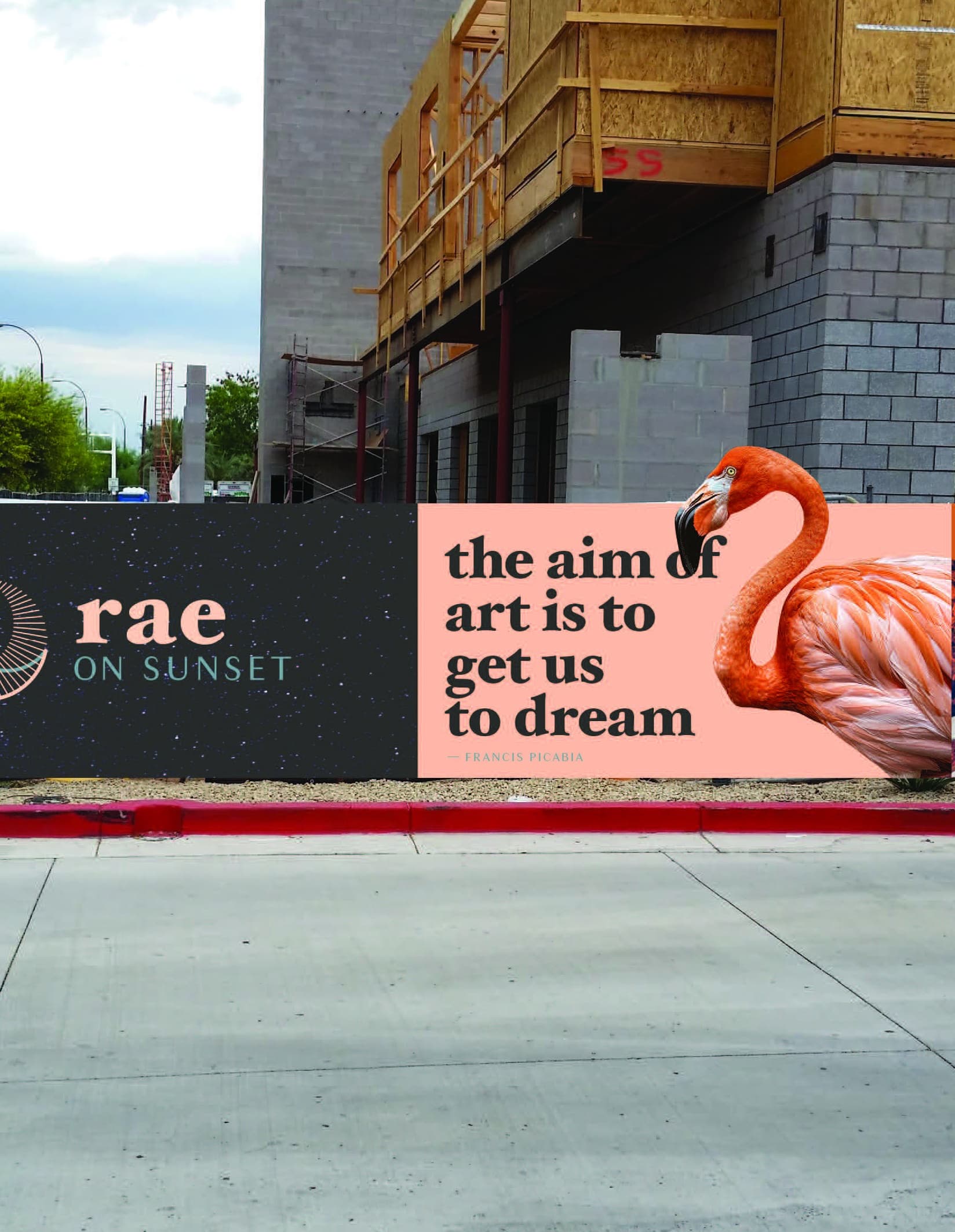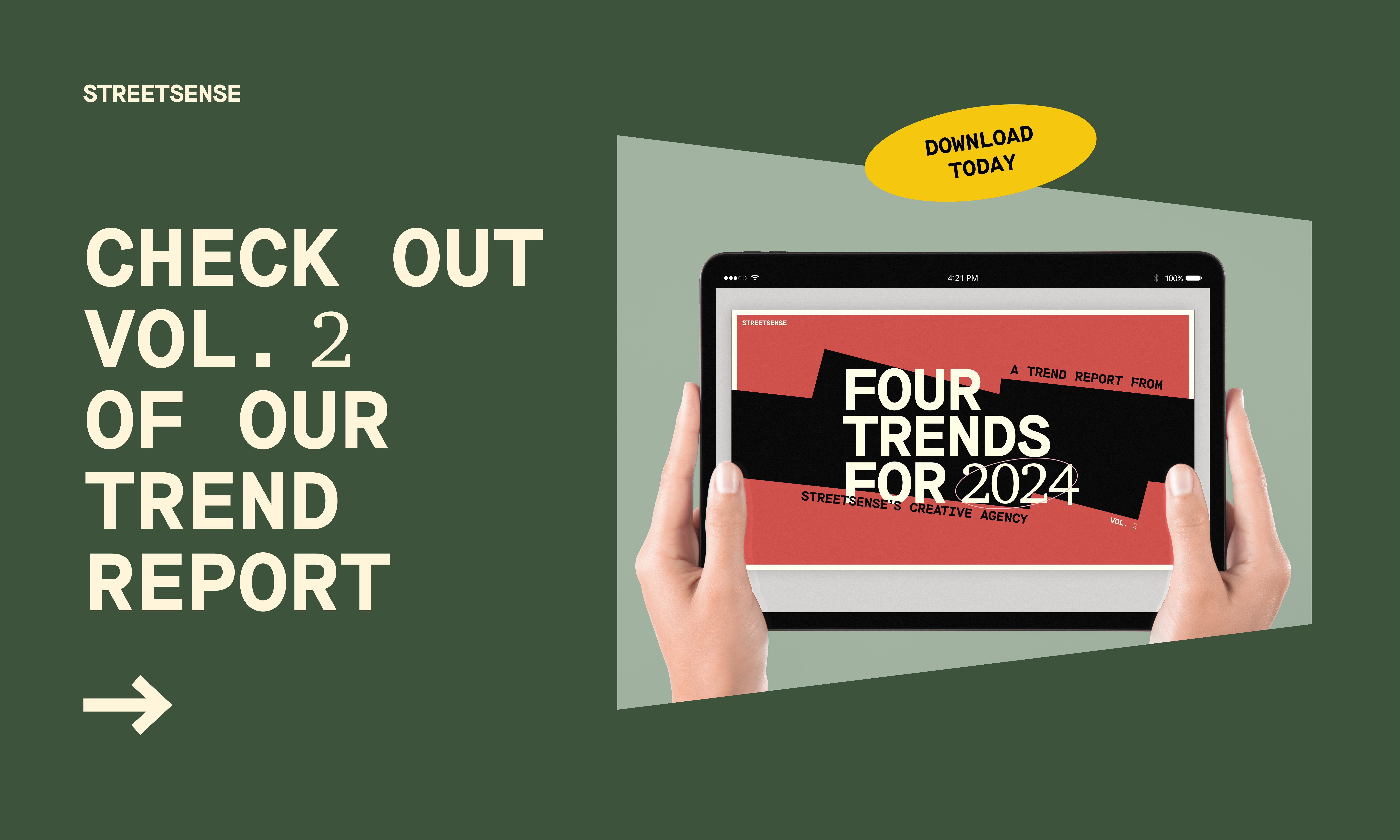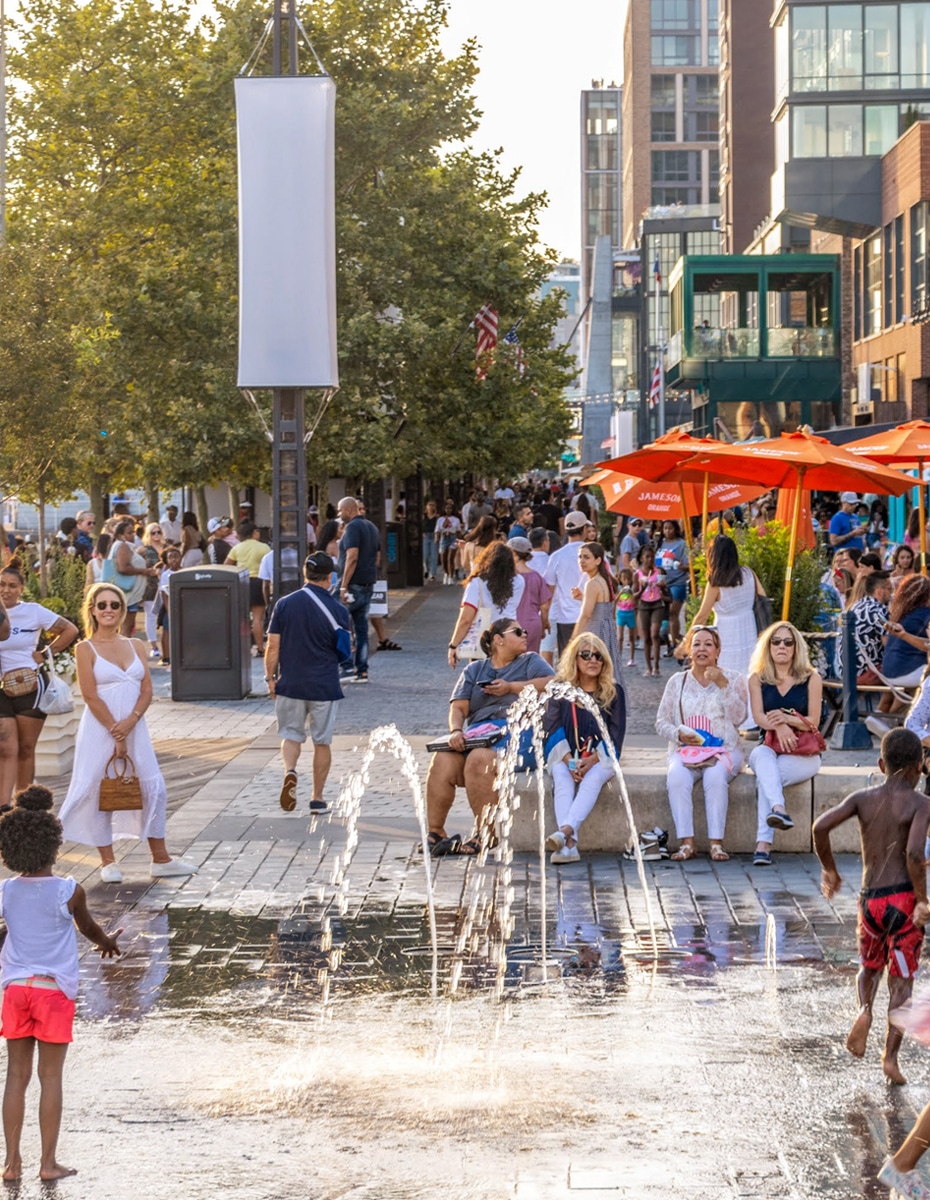This post was originally published on the Larisa Ortiz Associates blog in January, 2019 by Streetsense Managing Director of Research + Analysis, Larisa Ortiz.
Time published an article entitled “Online Shopping Was Suppose to Keep People Out of Traffic. It Only Made Things Worse”. For those of us in the retail planning space, we’ve been seeing this challenge for quite some time and have been taking stock of how cities are changing and responding as a result of our growing on-line shopping habits.
Take grocery store deliveries. In Manhattan, Fresh Direct trucks idle on some city streets – part of a hub and spoke delivery model that ensures groceries are kept refrigerated until delivery men put them on hand carts to their final destination. These trucks often get ticketed (they are idling after all – which is not only illegal but results in air pollution that cities could do without) and the tickets themselves are essentially the cost of doing business. Sort of like renting a storefront, but instead it’s a parking spot! From the grocers points of view, delivering groceries that have gone bad is too much of a risk.
So what can cities do to address these challenges? One option is to create zones for trucks to park, with sidewalk electric hook ups for their generators so that they are able to reduce the air pollutants from the burning of diesel fuel. Another option might be to encourage (through incentives) or require (through regulation) that truck fleets are electric and that there are parking spots with hookups to the electric grid.
Another challenge? Delivery trucks. They have to pull over somewhere. And that somewhere is sometimes, by necessity and in places where there is no other option, a bike lane. Without a street design that accommodates delivery trucks, the conflict between cyclists, buses, cars and delivery trucks will only increase.
The realization that retail was wreaking havoc on supply chain logistics was an “aha” moment for me a few years ago. In late 2016 I spoke at a conference in Portland and afterwards was approached by Professor Jose Holguin-Veras, Director of the VREF Center of Excellence for Sustainable Urban Freight Systems. Professor Holguin-Veras invited me to give a web presentation to his “Freight and Efficient Land Uses” class at Rensselaer Polytechnic Institute. At first I was a bit confused. What could I contribute to the conversation around “urban freight”? Through our subsequent discussions, I quickly realized that on-line shopping was poised to significantly disrupt the ways in which we use our streets, manage our curbs, and think about how buildings are built to accommodate the packages – and yes, groceries in need of refrigeration. In the past, these challenges were handled directly by the shopper, who would go to a store, purchase goods and return home. But in a post-Amazon economy, every single click or purchase requires a box truck and delivery person. As a result, we have created a nightmare scenario in which we have embedded additional waste into our supply chain on a number of fronts, from the boxes that are delivered to our doorsteps to the diesel fuel used to run trucks. Not to mention the idling while double parked – an environmental and logistical challenge in dense urban places. The problem of double parked trucks has become so acute that Streetsblog, an NYC-based transportation advocacy group, just wrote a song and video entitled “Here Comes UPS” written to the tune of “Here Comes Santa Claus”.
But the bike advocates are only half right in their vocal opposition to blocked bike lanes. We also need meaningful solutions that revisit the entire purpose of our public streets and that enable the sharing of this precious public resource by cyclists, pedestrians, e-scooters, parked and moving cars and yes, delivery trucks. That is a lot to ask of the street…but new ideas and concepts are on the horizon.
For Streetsense updates, follow us on social media or sign up for the Word on the Street newsletter.
BACK TO LATEST








